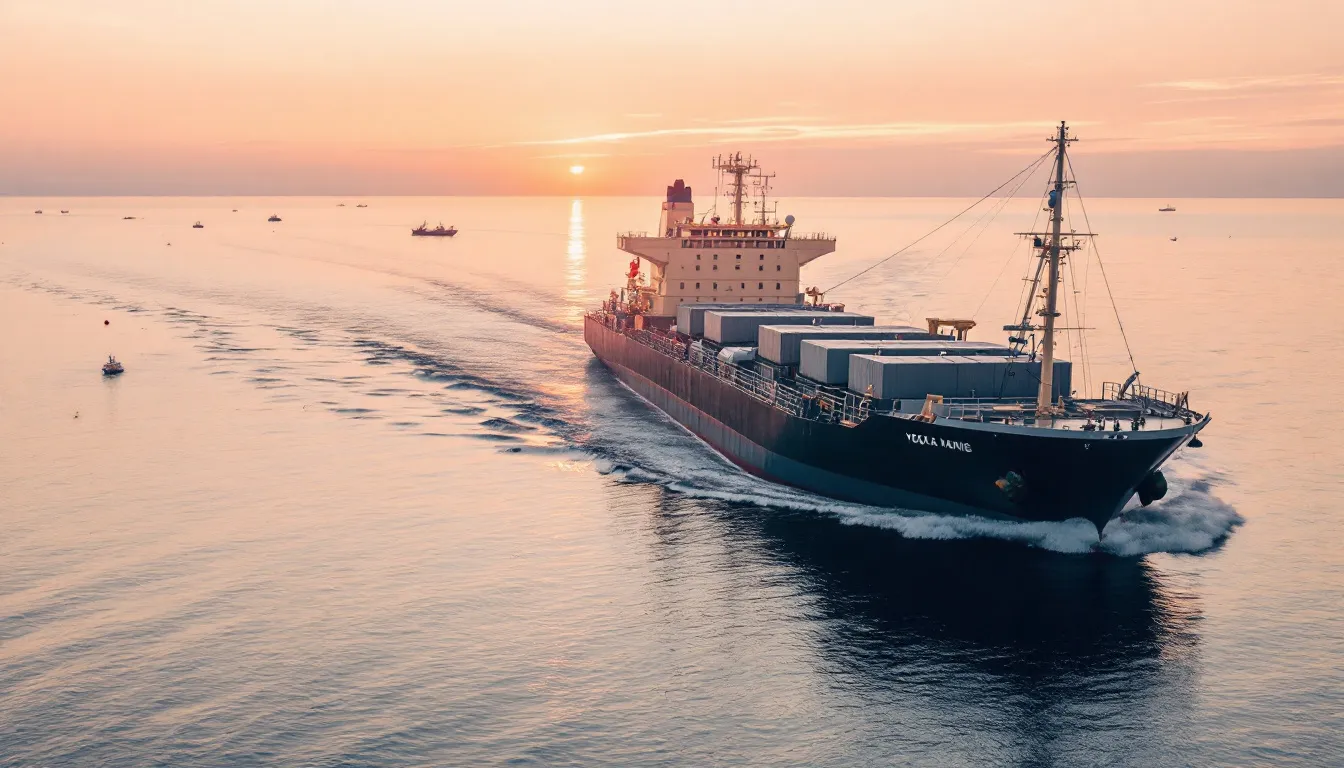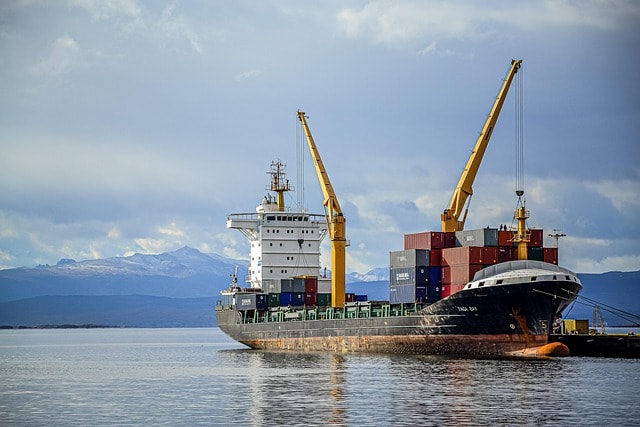Shipping from the US to international destinations requires understanding various factors such as delivery times, tracking information, and cost-effective shipping methods. One interesting and unique destination for many shippers is Guyana, a country located in South America with a rich history and distinct characteristics. This guide will explore the essentials of shipping from the US to Guyana, highlighting key information about the country, shipping logistics, and tips to ensure your package arrives safely and on time.

Understanding Guyana: Geography, History, and Economy
Guyana is a country situated on the northern coast of South America. It is notable for being the only English speaking country on the continent, which simplifies communication and shipping documentation for US-based shippers. The country borders Venezuela, Brazil, and Suriname, and features a low coastal plain with arable land that supports agriculture such as rice milling and sugar plantations.
Historically, Guyana was known as British Guiana under the British government until it achieved independence in 1966. Since then, it has been known as the Co-operative Republic of Guyana, governed by a national assembly and a supreme court. The country’s political landscape includes parties such as the People’s Progressive Party and the People’s National Congress, with leaders like Mark Phillips and David Granger playing significant roles. Despite past challenges including violent riots and border disputes, particularly over the Essequibo rivers and disputed territory with Venezuela, Guyana has maintained national unity and democratic processes, including free elections.
Guyana’s economy has traditionally relied on agriculture but has recently seen growth due to commercial drilling and crude oil exploration, positioning the country as a regional hub in South America. Gold mining also contributes significantly to the economy. Life expectancy and other social indicators are monitored by sources like the World Factbook, reflecting ongoing development.
Shipping Logistics: Key Considerations for Sending Packages to Guyana
When shipping from the US to Guyana, understanding the shipping volume and delivery infrastructure is essential. Guyana’s delivery locations range from urban centers to rural areas, which can affect delivery time and the estimated delivery date for packages. Many packages are shipped separately due to logistical constraints, and it’s important to note that separate delivery dates may apply depending on the origin country and shipping method.
To ensure smooth delivery, accurate shipping labels and a complete street address are crucial. Including buzzer information and specifying a secure location can help prevent missed or attempted delivery issues. In some cases, packages may be held at the post office if the delivery location is inaccessible or if there is no one available to receive the package.
Tracking information is a vital part of the shipping process. Most shipments provide tracking numbers that allow customers to monitor the package’s journey, from the first package scan at the origin country to subsequent scans until the package arrives at its destination. The first scan marks the package’s entry into the shipping system, and each package scan updates the tracking status. This transparency helps reduce the risk of a missing package and provides peace of mind to the customer.

Tips for Cost-Effective and Secure Shipping to Guyana
Cost effective shipping to Guyana can be achieved by selecting the right carrier and shipping option. For example, Amazon shipping offers various choices that balance speed and cost, allowing customers to save time and money. When shipping packages, consider the size and weight, as well as the possibility of shipping items in multiple boxes with separate shipping labels and box numbers.
Using secure packaging and clear labeling reduces the risk of damage or loss. Additionally, providing an access code or instructions for a secure location ensures that the package can be safely delivered even if the recipient is not available. This is especially useful in urban areas or apartment complexes where access may be restricted.
For shipments to rural areas or less accessible locations, coordinating with local post offices can improve delivery success. Customers should also be aware of the two rainy seasons in Guyana, which could potentially affect delivery time and routes.
Navigating Political and Legal Contexts Affecting Shipping
Understanding the political context in Guyana is important for shippers dealing with customs or border issues. The country’s history of border disputes, particularly with the Venezuelan state, and involvement with international tribunals such as the Caribbean Court and international tribunal, may occasionally impact shipping regulations or delays.
Guyana’s status as a co-operative republic and its governance by the national assembly ensure that free elections and national unity are prioritized. These factors contribute to a relatively stable environment for international trade and shipping. However, it is advisable to stay informed about any political developments or changes in trade policies that might affect shipping from the US.

Conclusion: Efficient Shipping from the US to Guyana
Shipping from the US to Guyana involves navigating a unique blend of geographical, logistical, and political factors. As the only English speaking country in South America, Guyana offers a relatively straightforward shipping experience in terms of language and documentation. By understanding the country’s background, preparing accurate shipping labels and addresses, and utilizing tracking information effectively, customers can ensure their packages arrive safely and on time.
Whether shipping commercial goods or personal packages, considering cost effective shipping options and being mindful of delivery locations and seasonal weather patterns will improve the overall experience. Staying updated on political and legal contexts further enhances the reliability of shipments. With these insights, shipping from the US to Guyana can be a smooth and efficient process.
